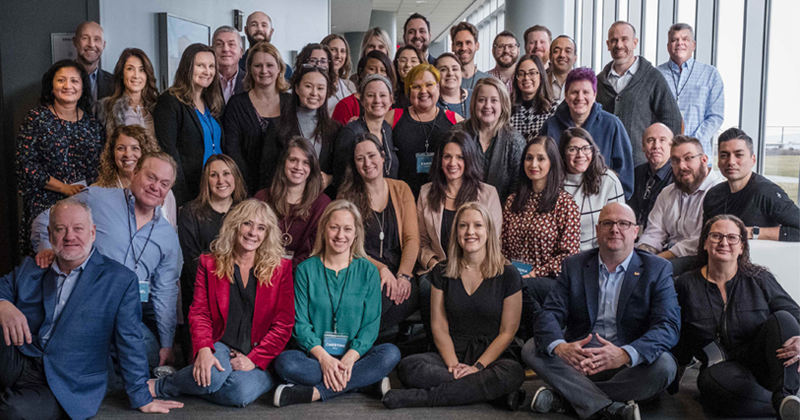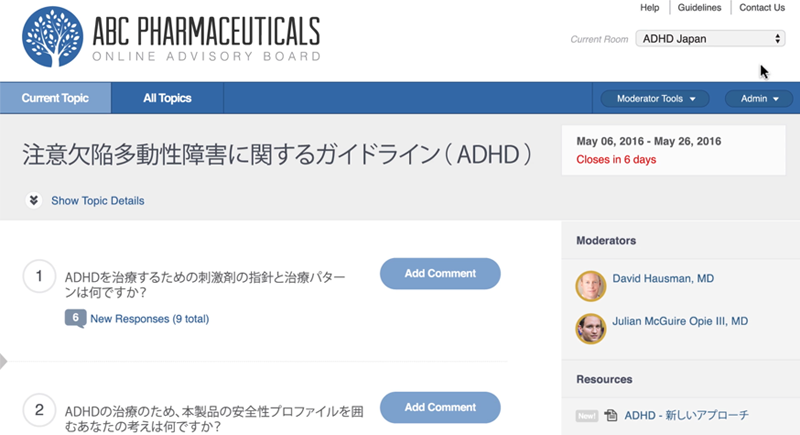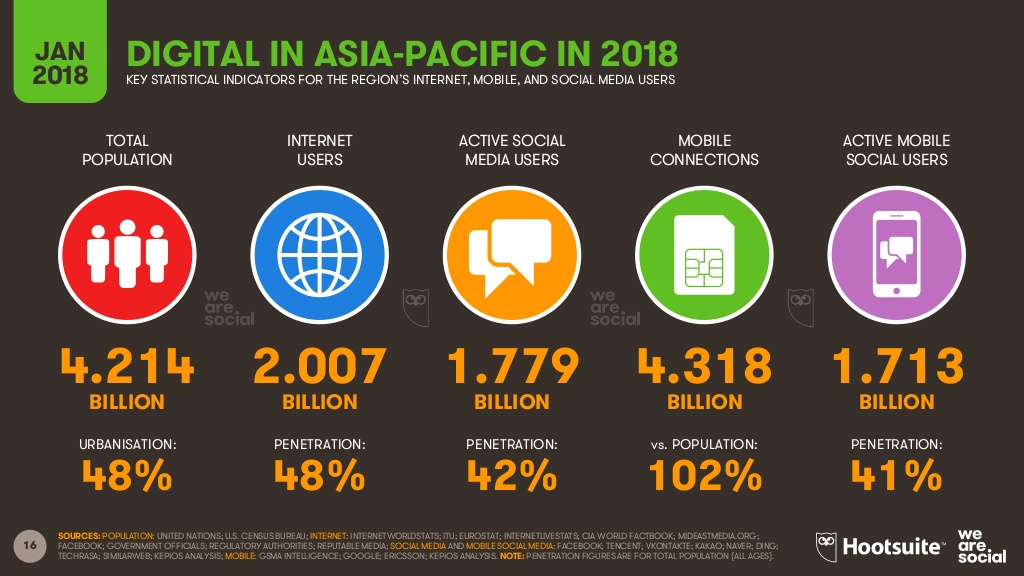Matt Grech
Content Marketing ManagerSmartling
The beginning of 2020 has dramatically impacted the way we work in a very short time, with little chance to react and adapt.
Departments that typically collaborated across a conference table and on a whiteboard are now communicating across a zoom call and on a Google doc.
And during a time when face-to-face meetings and in-person collaboration has become outright impossible, these SaaS platforms have become more important than ever before.
This is especially true for the life science industry. The very organizations and professionals that the world relies on to research and develop technology that saves lives are now relying on SaaS platforms and cloud tools to continue their fight against the spread of COVID-19.
These organizations have been asked to fundamentally shift the way they work, engaging with healthcare professionals, patients, and internal stakeholders online instead of in-person.
But, there's a massive silver-lining, and something that we're all experiencing: a new level of collaboration and connection.
Within3's platform is an amazing example of this. Used in over 140 different countries, Within3 has enabled a new level of collaboration between healthcare professionals literally across borders and language barriers, these organizations can tap into resources around the world to develop the technology and services the world desperately needs.
Who Is Within3?
Within3 has developed an online discussion platform that enables organizations to compliantly engage both internal and external stakeholders, like physicians, nurses, payers and patients, without the need for face-to-face collaboration, and all the costs that come with it.

Unlike a web conference where everyone must be available at the same time, Within3’s online discussion platform allows important stakeholder conversations to take place over days, weeks, or indefinitely. This innovative approach fosters deep discussion while maximizing convenience.
Teams can setup a "working session" with an allotted period -- this could be days weeks or months -- which offers individuals the opportunity to contribute based on their schedule.
And you get better insight, too. Professionals working on their schedule can better allot for time to digest and properly respond to inquiries, instead of being put on the spot during a rushed, one-time meeting.
Who relies on Within3?
Life science organizations typically run critical programs to develop or R&D medical products, procedures, services and more. Attempting to align stakeholders that may be dispersed either around the country or even around the world can prove challenging when relying on face-to-face collaboration.
Within3's platform can be used for multiple programs depending on the needs of each organization, including:
- Advisory boards
- Speaker programs
- Clinical trials
- Standing Advisory Panels
- Publication planning
- Steering communities
However, the overall the idea remains the same: Within3 provides a centralized database for healthcare professionals to strategize on data sets, review presentations, collaborate on key documents, communicate across clinical trials, bring in external experts for quick advice and insight, and provide 24/7 access to critical medical information.

These teams face a unique challenge. On one hand, there's an incredibly critical need to collaborate in-person with professionals around the world -- these organizations are relying on strategic insights from professionals to develop lifesaving technologies.
But, on the other hand, traveling around the world is expensive and time intensive. Especially now, when COVID-19 is pressuring these organizations to collaborate like never before, there is an increasing need to accelerate the process of development, while enabling teams to communicate easier and faster.
Translation enables a new level of accessibility
The problem is simple: face-to-face collaboration is flat out impossible right now. Yet the demand for healthcare services is through the roof, both on the front-lines and behind-the-scenes. The initial instinct is to turn to typical communication platforms like Zoom for video calls, or Slack for real-time communication.
But for healthcare professionals, when time is of the essence and schedules are jam-packed with life-saving responsibilities, a Zoom call isn't going to work.
Within3 allows stakeholders to engage during their downtime on their accord, when their schedule allows or when is most convenient, but also enables collaboration that extends across the world, overcoming language barriers.

Translation and interpretation of these discussions, like advisory boards or clinical trials, can be almost impossible: the information is dense and technical, sometimes even confidential, meetings would require multiple interpreters, documents need to be translated before-hand, the whole thing would be complicated.
Yet when you open up discussions to a longer time-period, there is now ample room for translation.
Healthcare professionals, patients, or researchers can contribute to inquiries, responses or data at their convenience, and translators can then translate that content for the other stakeholders. This opens up collaboration to new stakeholders, enabling these organizations to diversify their engagement by connecting with users and professionals in the language they speak.
And by translating their application, Within3 only continues to drive the accessibility of professionals around the world.
Streamlining communication in APAC
The APAC region is massive, consisting of more than 50 countries and home to more than 4.3 billion people, with several key languages spoken. And in a region as large as this, regulations, compliance guidelines and even language differ drastically from country to country.
And it's that variety of languages spoken that makes translation impractical in a live setting, or during a one-time webcast. There would be too many parties involved, and too many moving pieces.
Additionally, the APAC region is fairly unique in the fact that there is a massively high percentage of mobile internet users. Combined with large geographical distances between colleagues in countries like China and Australia -- APAC offers a unique opportunity to leverage a platform like Within3, enabling healthcare and pharmaceutical collaboration across borders, languages and accessibility levels.

In one case-study, Within3 assisted one medical affair team in the APAC region in convening a group of gastroenterologists for a virtual advisory board. The team translated training materials into participant's native language, and held sessions through Within3's platform, enabling the team to ultimately gather the information and data they needed.
While just a quick glimpse, this provides us with a pretty solid understanding of how beneficial translation can be: new levels of communication and collaboration are possible literally across the world.
Translation drives innovation
Translators enable collaboration across borders by overcoming language barriers.
Translators breathe life into the content we rely on every single day to communicate, to connect, and to innovate.
Translators move the world with words.
But so do the developers that write code and build product experiences. So do the localization managers who carefully strategize how best to engage consumers in worldwide markets. So do the brands that deploy and host key services that enable us to collaborate across the world.
The combination of the two -- amazing experiences that enable collaboration, and translation that enables connection across language -- is what will drive innovation.
Platforms like Within3 are what will enable us to band together in this universal battle against COVID-19, to collaborate like never before to develop the solutions we critically need.









